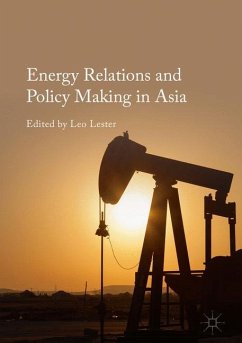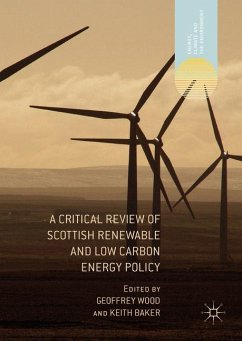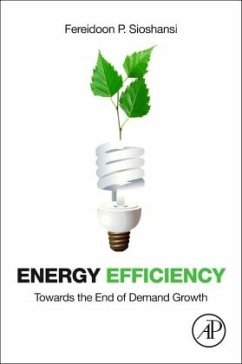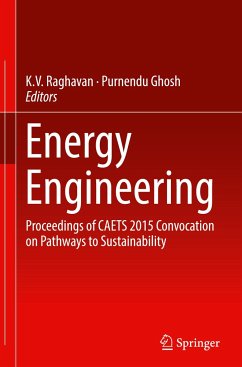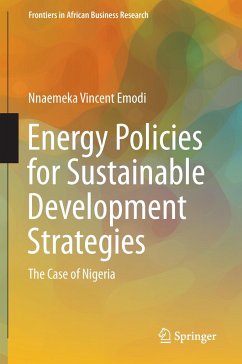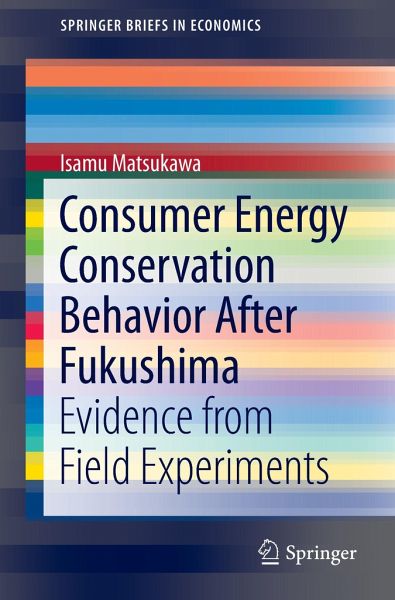
Consumer Energy Conservation Behavior After Fukushima
Evidence from Field Experiments

PAYBACK Punkte
19 °P sammeln!
This book presents an in-depthempirical analysis of consumer response to alternative policies for energyconservation. Its main focus is on innovative policy instruments that haveattracted increasing attention from academics and energy conservation practitionersalike: critical peak pricing, conservation requests, in-home displays, and homeenergy reports. The book investigates the effects of these policy instrumentson residential demand for electricity. The data is drawn from a series ofrandomized field experiments for the years 2012-2013 in Japan, where seriousconcerns about power shortages hav...
This book presents an in-depthempirical analysis of consumer response to alternative policies for energyconservation. Its main focus is on innovative policy instruments that haveattracted increasing attention from academics and energy conservation practitionersalike: critical peak pricing, conservation requests, in-home displays, and homeenergy reports. The book investigates the effects of these policy instrumentson residential demand for electricity. The data is drawn from a series ofrandomized field experiments for the years 2012-2013 in Japan, where seriousconcerns about power shortages have emerged in the wake of the nuclear disasterin Fukushima. By applying econometric techniques to the quantitative analysisof residential power consumption, the book demonstrates how consumers respondto innovative instruments for energy conservation. It also offers newperspectives on how these instruments can be used more effectively and exploresthe potential for their practical implementation. This highly informative bookis essential reading for energy specialists in both academic and professionalcontexts.





